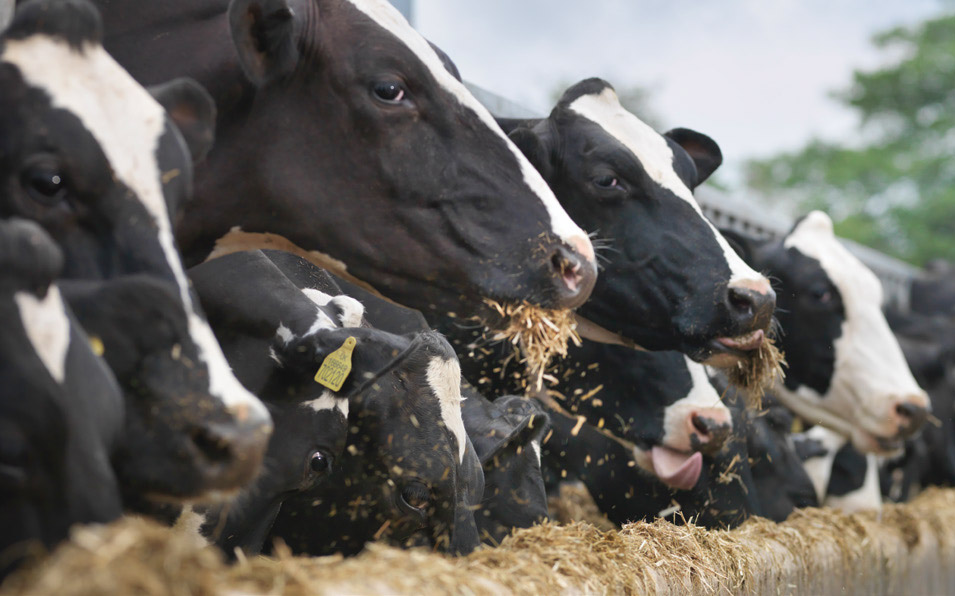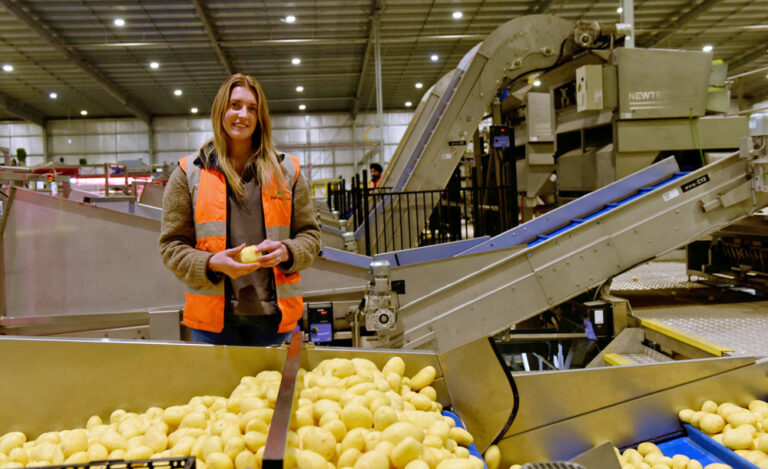Grain exporters can expect to get rushed off their feet as Russia announces that it will further increase taxes on its worldwide wheat exports

This paints a rosy picture for local grain growers who will be expecting plenty of offers on their current on-farm larder that is bursting at the seams following the second best winter harvest on record.
Industry observers can see how this decision by Russia to restructure its wheat exports will have long term implications for the global grain trade, and further catapult Australia as a major world supplier.
Michael Whitehead, of ANZ’s Food, Beverage and Agri Research said: “The move by Russia, the world’s largest wheat exporter, to impose export taxes on its wheat will bring a renewed focus to Australian wheat.”
“Russia has made this move in a bid to reduce the country’s domestic wheat prices, and, in turn, increase the amount of wheat available in the country, both for food and feed,” Mr Whitehead said.
The change is happening on the back of strong global grain prices, which are increasingly causing concern to some governments due to their flow-on to food prices.
While there are also concerns that global grain supplies may be tightening, particularly due to some poor Northern Hemisphere harvests.
At the same time, China continues to buy grain strongly in world markets, to build its reserves, as well as to feed its domestic pig herd which is rapidly building following its recovery from African Swine Fever.
The current global scenario of countries competing increasingly strongly to purchase grain, with an undercurrent of possible food security concern, has been compared by some to the situation in 2008.
In that year, tight stock to use ratios, partly driven by the US corn into ethanol program, saw grain and oilseeds hit record highs, and a number of countries introduce export bans, most notably on rice.
For local wheat growers, who are coming off the back of their largest wheat crop on record, Russia’s latest move is expected to bring benefits in both price and export market share.
With Russian wheat now more expensive than comparable Australian varieties for the first time, importers will increasingly seek the locally grown Australian product.
Russia is scheduled to double its export tax in March 2021, and subsequently adopt a floating export tax from June 2021, putting more focus on Australian exports which may increase quickly to higher volumes in coming months.
The flow-on effects could be felt within our local grain industry, where higher wheat prices and increased exports could change the economics and margins for major users, such as feedlots.
We could also see an increased use of other grains for feed, such as barley, potentially also lifting their prices.
Looking ahead, in the likely event that Russia’s move will keep wheat prices at low disincentivizes, many of its own farmers will be dissuaded from growing large crops.
In that event, we could also be seeing tight supplies and upward price pressure into 2022.
This move by Russia will very likely be the start of a wheat growing boom in Australia.
Wheat exports are likely to see a spectacular increase from an initial forecast of 17 million tonnes at the start of the season, to now at least to be around 20.5 million tonnes.
This figure if achieved will be more than double the previous year’s wheat exports of just over 9 million tonnes, due in part to drought conditions in NSW and QLD.
In terms of domestic grain demand, the good season resulting in a bumper crop has also resulted in excellent pasture conditions over much of Australia.
On current estimates, domestic wheat consumption is forecast to fall by around 8% to 8 million tonnes.
One further result of the bumper season may well be an increase in domestic end stocks of wheat in Australia, which have been depleted over the past few years of lean production due to drought.
Greater stocks would result in less nervousness about grain availability, reducing the upward pressure on prices heading out into the year, particularly before the next harvest.

Despite this, ongoing strong demand for grain this year is likely to ensure that stocks do not become too much of a price dampener.
In particular, demand from feedlots is likely to remain strong, given the high numbers of cattle on feed, and the ongoing demand for grain-fed beef, particularly from South Korea and Japan.
One result of the high wheat volumes is likely to be an increasing switch to greater usage of wheat in feedlot rations, displacing the less widely available barley and the more highly priced sorghum.
The impact of the COVID-19 disruptions on consumer food-buying behaviour may also have
ripple effects on grain prices, both in Australia, from any post-shutdown economic challenges, and in more disrupted offshore markets.
Russia and China forge an indirect benefit
In the short term, global grain prices will continue to be particularly impacted by the actions of Russia and China in global trade patterns.
Russia’s decision to impose a wheat export tax of AU$80 per tonne from March until June 2021 has continued to impact prices, as global buyers have sought to procure supplies from other sources.
Australia may well be one of the major beneficiaries of this tax, as global buyers seek to access Australia’s relatively reasonably priced, high quality wheat.
At the same time, China’s ongoing major purchases of corn will also continue to ripple right through global grain and oilseed markets.
China’s purchases of corn from the US have increased sharply, driven by a poor recent harvest, a need to ensure reliable feed for China’s rebuilding pig herd, and a quest to replenish domestic feed stockpiles and return to a greater level of feed security.
This could well have positive flow-on effects for Australia’s wheat exports, as Chinese buyers seek to procure supplies to add to their feed mix.















